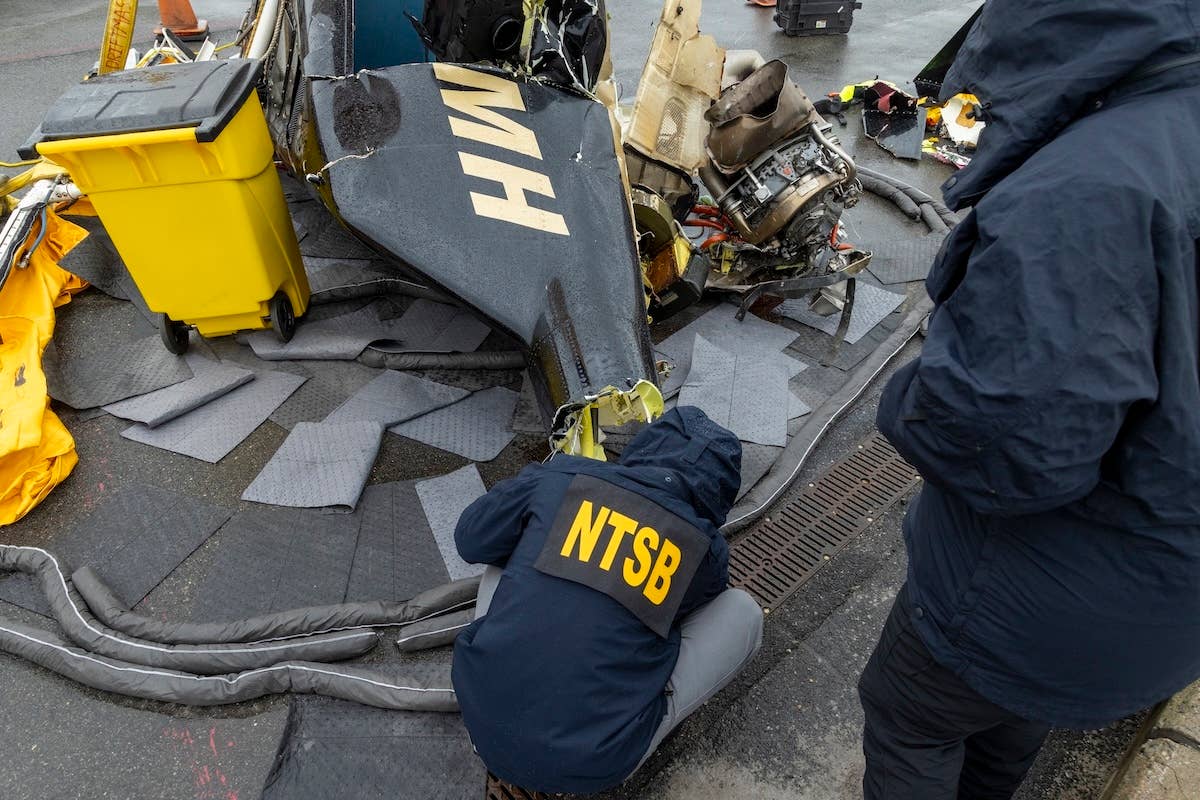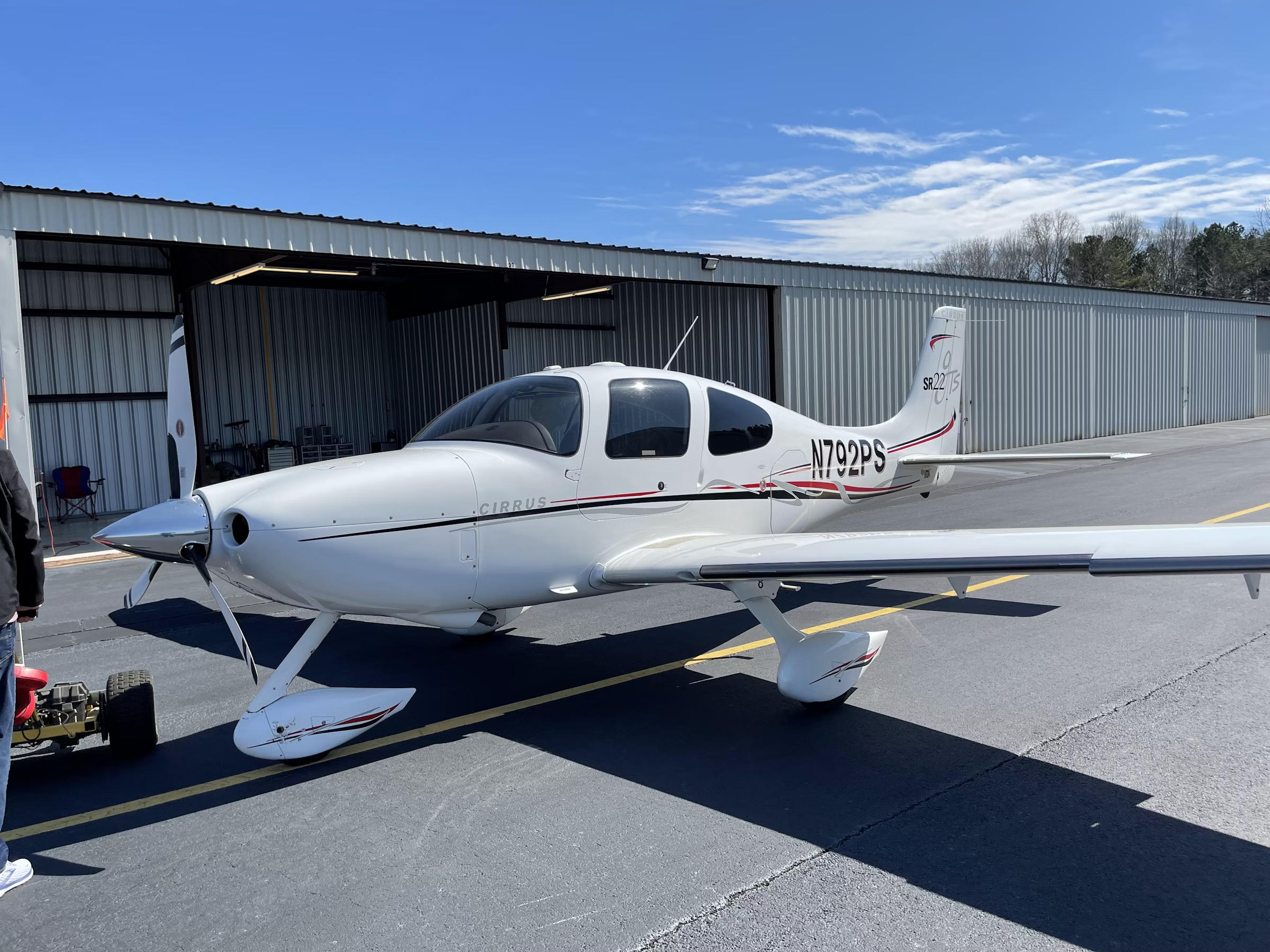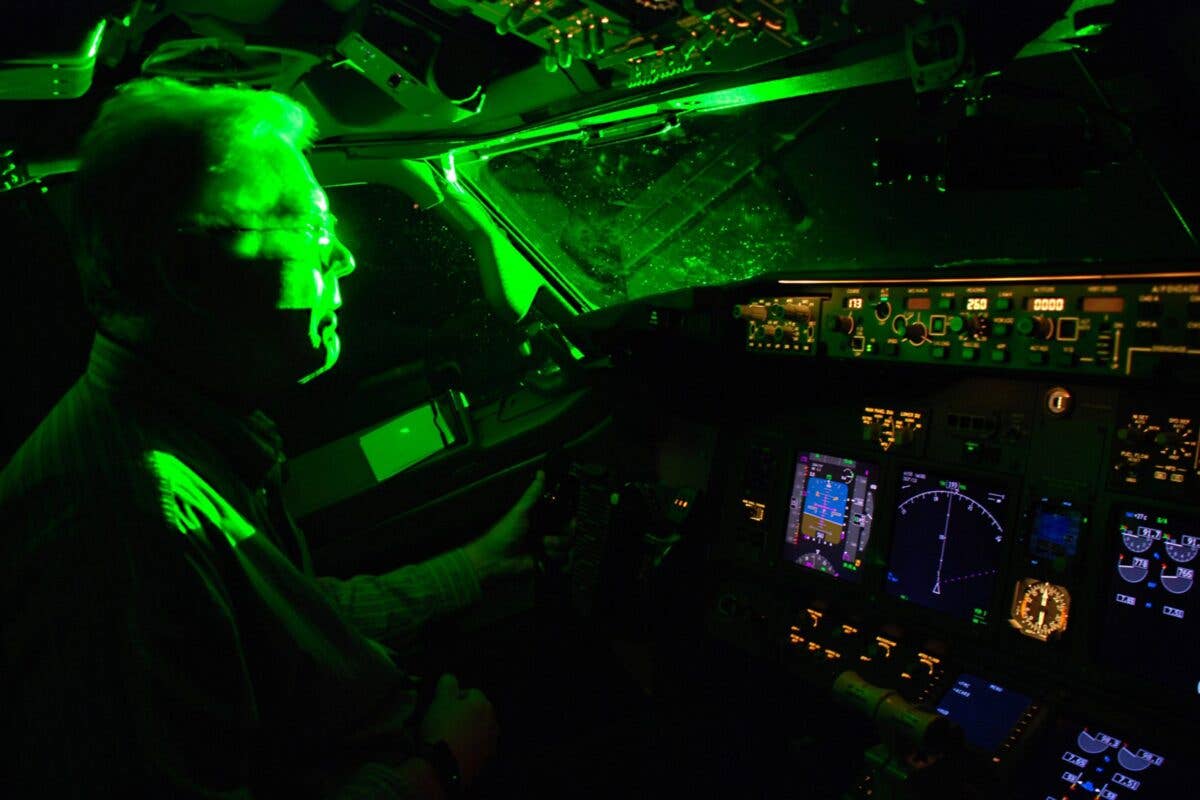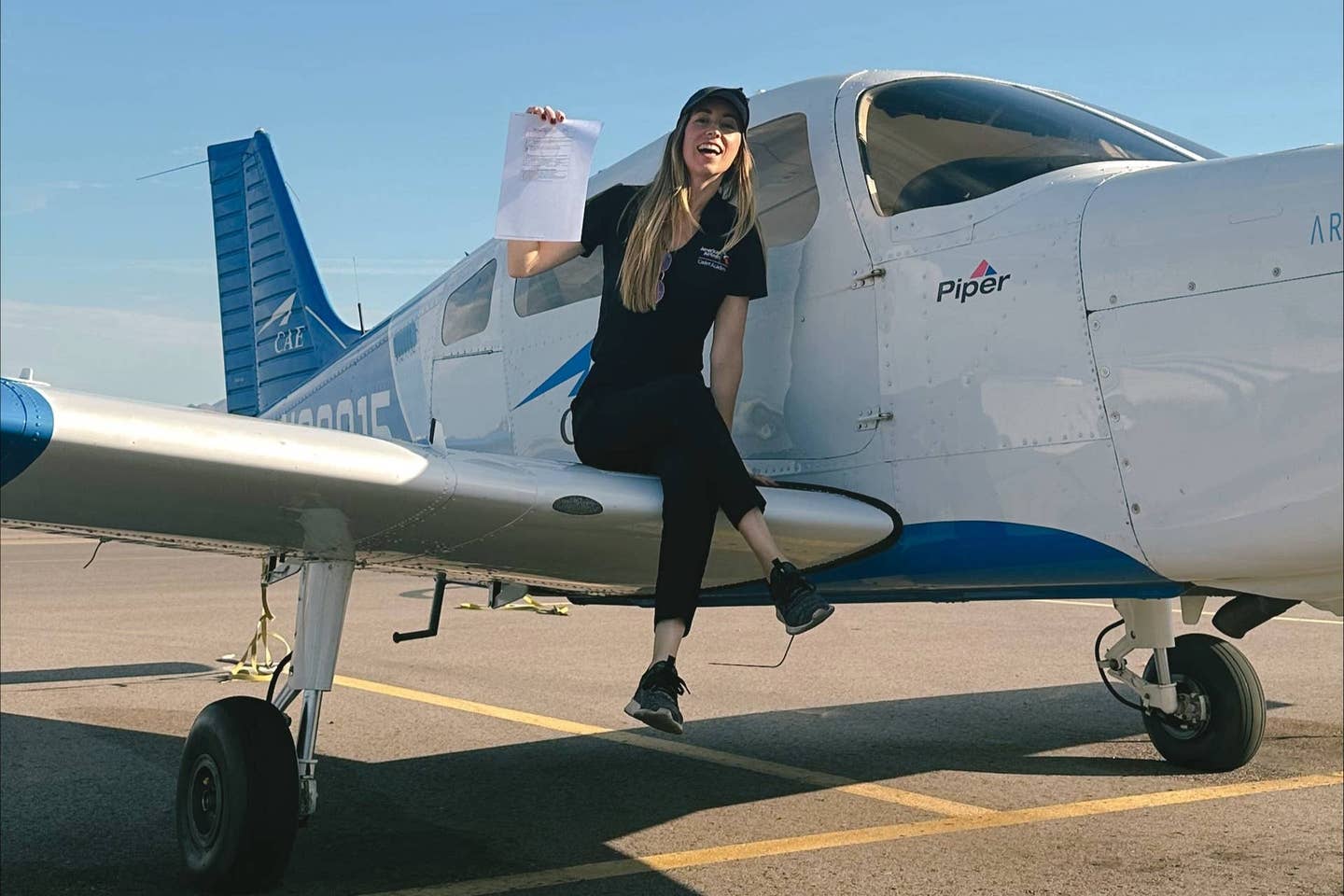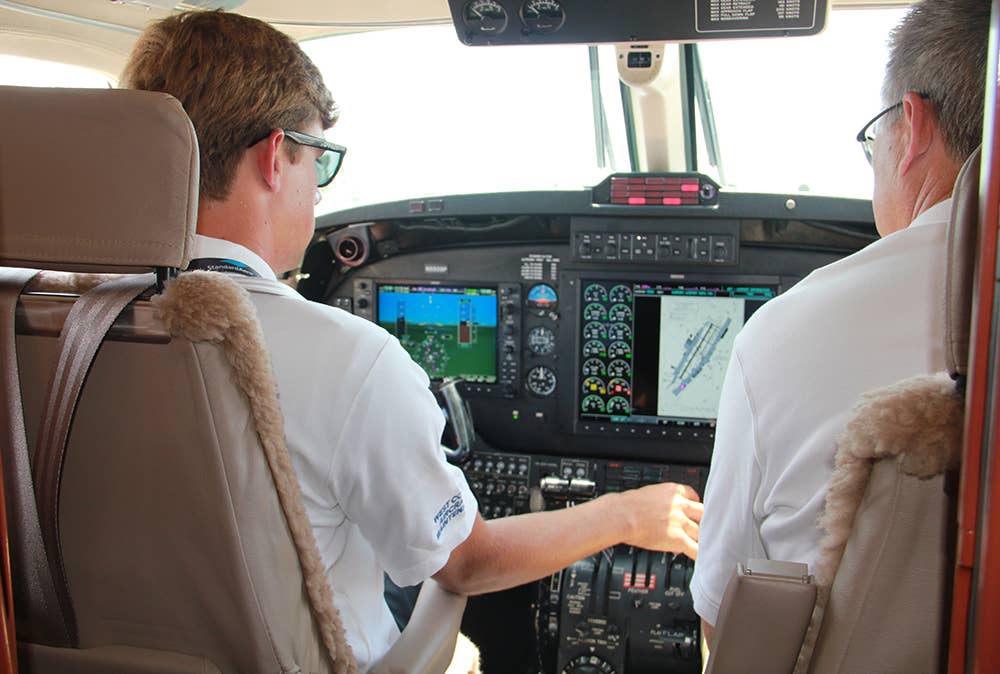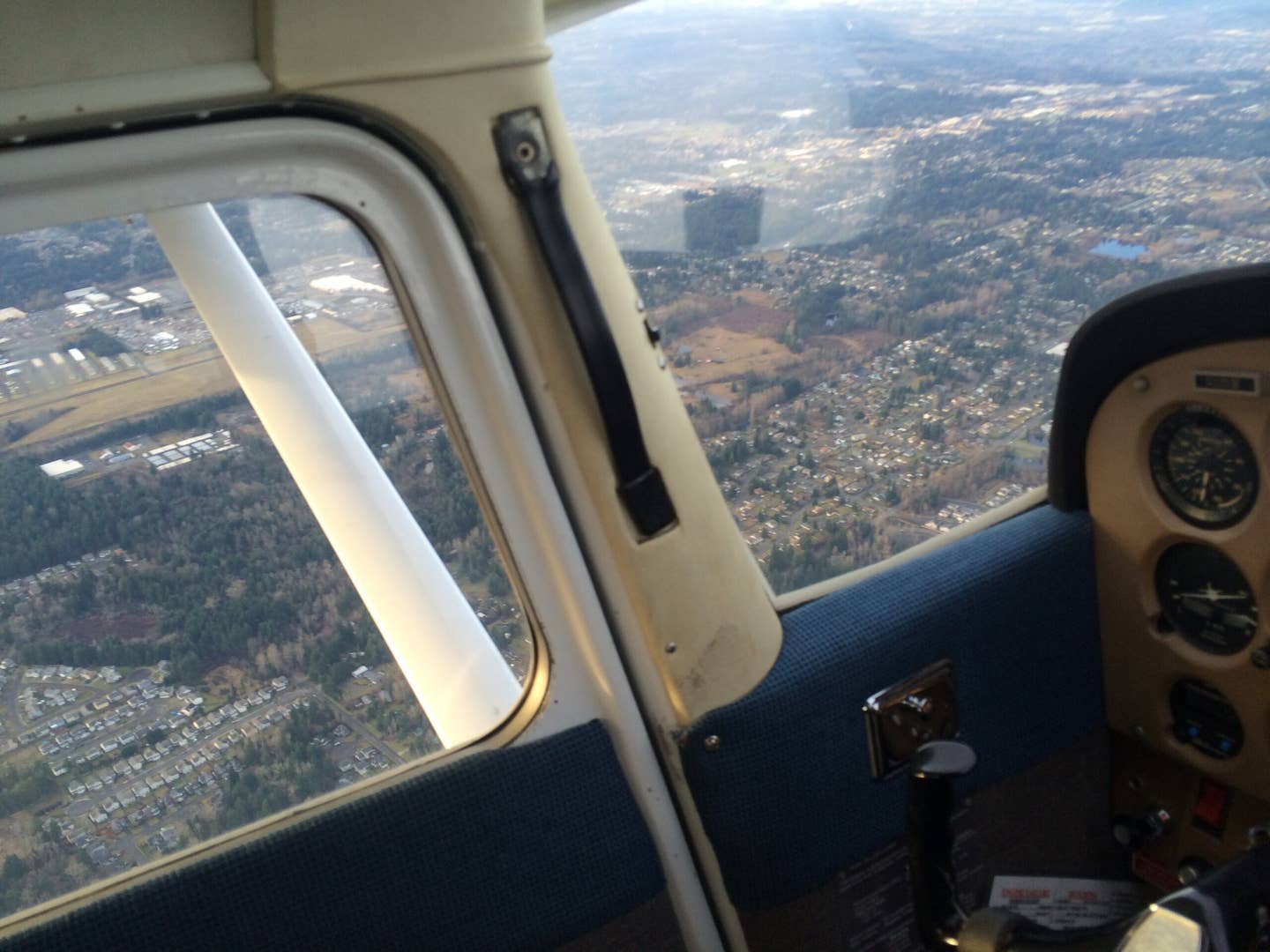Supersonic, Rocket-Powered Aircraft Gets All Clear to Break Sound Barrier
New Zealand manufacturer Dawn Aerospace is developing ‘an aircraft with the performance of a rocket’ for suborbital space transportation.
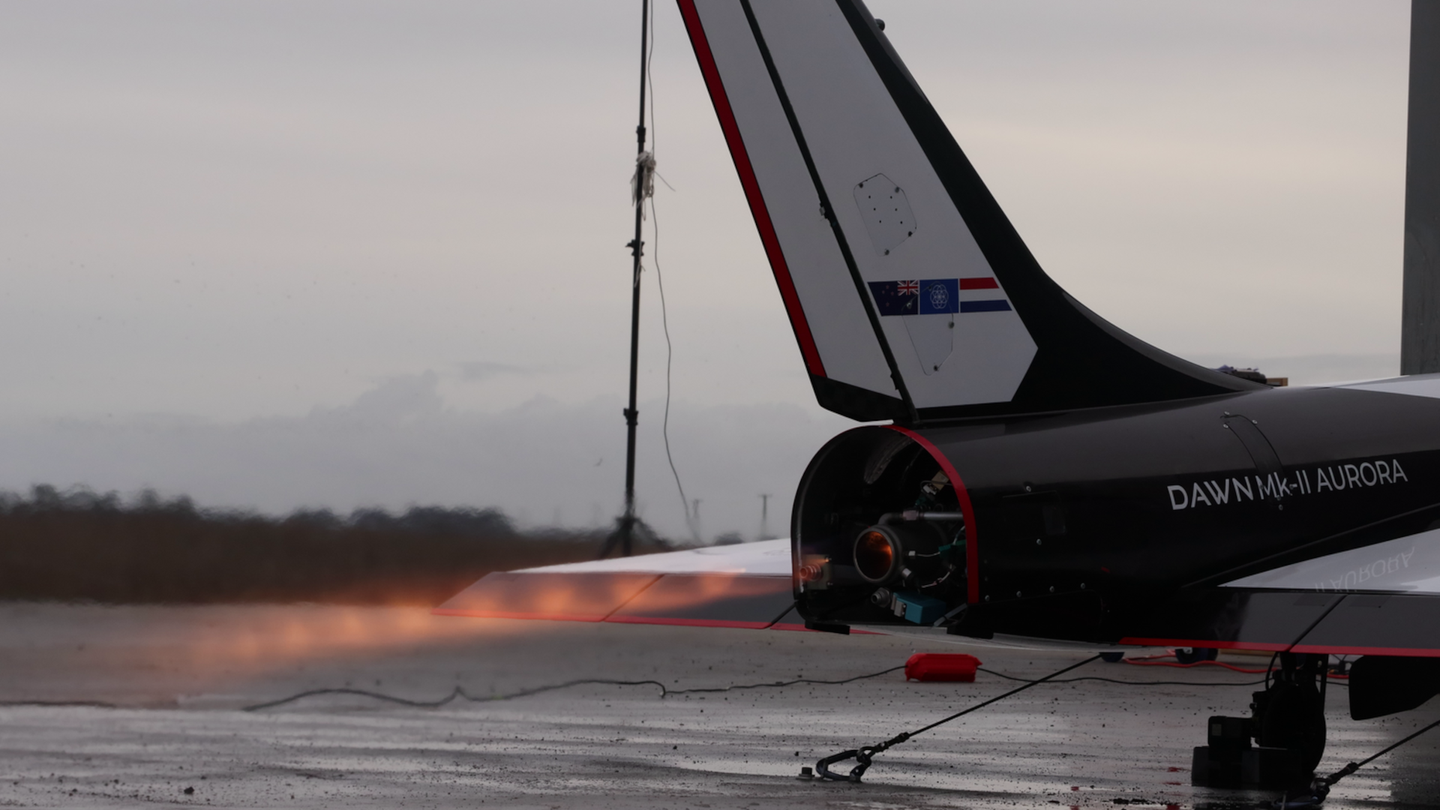
Dawn Aerospace’s Mk-II Aurora fires its engine during an all-up systems test in July. [Courtesy: Dawn Aerospace]
A New Zealand company developing a supersonic, remotely operated, rocket-powered aircraft has been given the all clear to break the sound barrier.
Dawn Aerospace, manufacturer of the Mk-II Aurora, announced that New Zealand’s Civil Aviation Authority (CAA) has granted it approval to fly at “unlimited” speeds at up to 80,000 feet in altitude. The company is permitted to fly beyond the visual line of sight (BVLOS) of a remote pilot and will not be limited to restricted airspace.
Dawn describes the Aurora as “an aircraft with the performance of a rocket.” According to the company, the aircraft is designed to be the first vehicle capable of flying to the Kármán line—which at about 100 kilometers in altitude is considered the edge of space—twice in one day.
“This unlocks the next major performance milestone for the Mk-II vehicle, namely supersonic flight,” said Stefan Powell, CEO of Dawn. “To the best of our knowledge, this would be the first privately funded [uncrewed aerial vehicle] to break the sound barrier.”
The only successful supersonic airliner, Concorde, which was developed by two now-defunct manufacturers, was retired more than two decades ago. But a new crop of companies, including Dawn and Boom Supersonic, are trying to break the sound barrier again.
Unlike Boom’s Overture, which is being developed as a passenger airline, Dawn’s Aurora is intended for space transportation.
The Mk-II first flew in 2021 and has since completed more than 50 test flights, operating under both jet and rocket power. It last flew in 2023, reaching 200 knots at an altitude of 9,000 feet. But those flights were under a more restrictive license than the one obtained by the company last week.
The goal of the firm’s upcoming campaign, which will comprise about a dozen flights between July and September, is to reach Mach 1.1—the boundary of supersonic speed—at an altitude of 70,000 feet. It hopes to fly to space twice in one day and spend about 180 seconds in microgravity.
If it achieves all objectives, the company believes it would set records for speed, altitude, and climb rate for a self-powered aircraft.
Dawn’s primary business is manufacturing propulsion systems for satellites, and it has 76 thrusters in space. But the company is now looking to enter the suborbital space.
The Aurora is a first-stage demonstrator for the company’s more robust Mk-III—a two-stage-to-orbit model that will take off from the runway and deploy a 250 kilogram satellite at the apex of its flight path.
According to Dawn, it is remotely piloted, low cost, and “rapidly reusable,” designed to fly multiple times per day and between 100 and 1,000 times over its lifespan.
Its engine uses storable, “aircraft friendly” propellants that allow the vehicle to take off without having to wait to be fueled. The engine is also carbon neutral, producing no hydrocarbons during operation.
“Room temperature storable propellants will not boil off, and carbon fiber will not suffer from microcracking, as is common in cryogenic composite tanks,” the company says on its website.
Dawn chose a winged design in order to reduce the risk of an engine malfunction, which could jeopardize the landing—and therefore reusability—of the Mk-II. It will be certified as an aircraft in New Zealand. The model takes off like a conventional aircraft, accelerating to Mach 3 speeds and bending upward into a near-vertical route. On the way down, it descends and glides horizontally back to the runway.
Dawn’s first phase of aircraft testing, conducted with the company’s jet-powered Mk-I, comprised eight hours of flight time across 47 flights. After receiving CAA approval for rocket-powered flight in March 2023, it began flying in just a few weeks.
So far, the Mk-II has made three rocket-powered flights, completed within a three-day span a little over one year ago, as part of the second phase of aircraft development, with the goal of reaching the Kármán line under certification.
According to a blog post from Powell, the current version of the vehicle has a maximum altitude of about 60,000 feet, which will require the company to develop a more powerful variant called the Mk-IIB.
“At full performance, the Mk-II will fly faster and 2.5 times higher than any prior aircraft that takes off from a runway, including the current record holder, the SR-71 Blackbird,” said Powell. “That is the power of bringing rocket performance to an aircraft platform.”
Despite being a demonstrator, Dawn plans to one day use the aircraft for Earth observation, high-speed flight research, in-space science including microgravity research, and even civil and defense applications. According to Powell, the company is already fielding interest in a commercial version of the Mk-II and will be in a “prime position” to roll one out once it reaches the Kármán Line.
Like this story? We think you'll also like the Future of FLYING newsletter sent every Thursday afternoon. Sign up now.

Sign-up for newsletters & special offers!
Get the latest FLYING stories & special offers delivered directly to your inbox

